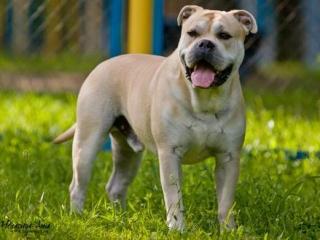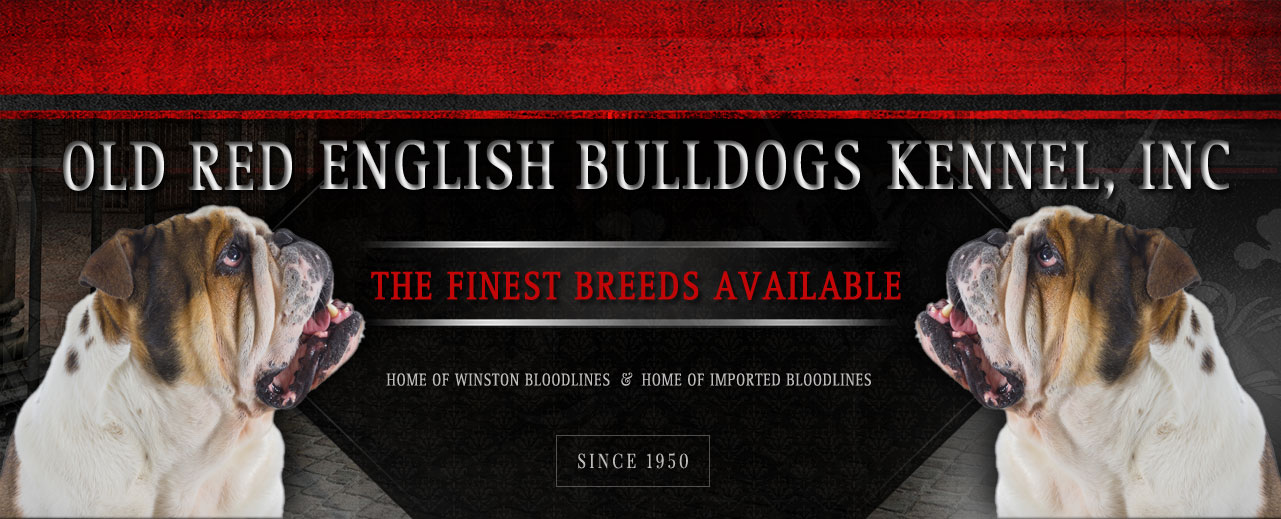
Other Names: Ca de Bou, Mallorquin Mastiff, Mallorquin Bulldog, Perro Dogo Mallorquin (Spanish), Majorca Mastiff, Majorcan Bulldog,
Personality: quite – loyal – extremely courageous – confident – protective
Size: 20 to 23 inches
Weight: 30 to 40kg (66 to 88 lb)
Coat: Short, harsh, smooth, lying close to the skin.
Color: Fawn, brindle, dark striped with white markings.
Life Span: 10 to 12 years.
Perro de Presa Mallorquin Breed Info
The Perro de Presa Mallorquin’s are quiet by nature. However, when needed they can be courageous and brave. These dogs are at ease with people, faithful and devoted to their master and natural guard dogs. The Perro de Presa Mallorquin was developed for power and tenacity, and these are strong components of its personality. If challenged, it will not back down, although it is respectful of all in the family including children. However, it is critical that it be properly socialized from puppy hood.
As a watch and guard dog, the Perro de Presa Mallorquin’s are unsurpassed. These dogs are extremely protective and when roused the expression of these dogs is piercing. Because of their power and protective nature these dogs require discipline and leadership. Weak owners would find this dog quite stubborn and dominating. This is an intelligent dog that needs an owner who is experianced and patient.
These dogs were initially bred to face up almost any challenge thrown. Harsh training or correcting methods will only provoke the Perro de Presa Mallorquin and could prove risky. Instead, owners should work with their Perro de Presa Mallorquin from puppy hood to train obedience and manners in as positive a way as possible but correcting any bad behavior from the start. Working with experienced trainers is critical. The Perro de Presa Mallorquin remains formidably powerful and alert, and retains the tenacity of its bull-baiting past.
Like many molosser breeds, the Perro de Presa Mallorquin is a very independent breed. Psychologically well-balanced, the Perro de Presa Mallorquin is laib-back and reserved in temperament and certainly not a ‘attention-seeker’. He can lay in the sun or at your feet for hours, but does not need more than a fraction of a second to resume his task as a guardian if needed. He is naturally distrustful of strangers and his strong sense of territoriality makes him an excellent guard dog.
Special Characteristics: The Airedale Terrier is feisty and easily aroused
Exercise Requirements: High. This is the largest of the terriers and needs plenty of exercise.
Perfect Owner: The Perro de Presa Mallorquin needs an owner who understands dogs natural “pack order”. Proper human to canine communication is essential. This breed is not for the casual pet owner. This breed is strong-minded but obedient if the owners are stronger minded than the dog. If they are not, they will find a dog that will test them every step of the way. Someone with a large backyard or access to safe open area will do good with this dog.
Nature Towards…
Owners: Faithful and Devoted
Children: They adore children. However it is critical that this dog is well socialized and trained from puppy hood
Other Pets: Possible if raised together from start as well as well trained and socialized
Strangers: Naturally distrustful of strangers, however well trained dogs can be controlled well.
Unfamiliar Dogs: good if raised together but can be problemetic if not well trained or socialized from start.
Potential Problems
Untrained and unsocialized dogs can become quite difficult to handle and can be problematic for people visiting your house.
Like all large dogs, they can develop skeletal problems if not provided with adequate nutrition and exercise from start.
Untrained dogs can become aggressive and difficult to handle.
History
Since ancient times, seafaring from East to West in the Mediterranean region has led to the exchange of culture and science between nations. These reciprocal relations, even though mainly of a commercial nature, also gave the opportunity for an exchange of domestic animals.
Among these were watch and guard dogs which were needed in harbors and coastal settlements as a protection against pirates and robbers coming in by sea. Among these mostly large, strong, resistant dogs with large heads and powerful teeth, one type distinguished itself. It was the mastiff of the Iberian Peninsula, which, in Spain, was used in various areas as a hunting or as a fighting dog against bulls and other dogs. This breed accompanied King Jacob 1 on his conquests and arrived in the Balearics about the year 1230. In the 17th century, Minorca and others areas came into British possession, following the treaty of Utrecht.
The British brought their own fighting and guard dogs with them into the Balearics and crossed them with the native mastiffs of the Iberian Peninsula, which also occurred in the Balearic Isles. In the beginning of the 18th century, fights between dogs and bulls (bull baiting) were very popular and the Britons inhabiting the Island looked for a breed which would be held suited to such fights. These circumstances explain the name “Ca de Bou”, Bull Dog. In the Spanish Stud Book for the year 1923, the existence of this breed is already established.
The first official entry was in the year 1928 and in 1929, when such a breed was exhibited for the first time at a Dog Show in Barcelona.
These are the Bulldogs and Mastiffs we breed and sell.
The pictures on each page are for identification purposes and OldBulldogs.com does not own every animal pictured. These pages are informational and intended to describe the standards of each breed.
- Alano Español
- Alapaha Blue Blood Bulldogs
- American Bandogge Mastiffs
- American Bully-Bullies
- American Pit Bull Terriers
- American Staffordshire Bullies
- American Staffordshire Terriers
- Arkansas Giant Bulldogs
- Australian Bandogge Mastiffs
- Australian Bulldogs
- American Bulldogs-Old Time Southern Bulldogs-Old Southern Whites
- Banter Bulldogs
- Boxer Bulldogs
- Bull Terriers
- Bull Mastiffs
- Miniature Bull Terriers
- Mexican Bulldogs
- Miniature English Bulldogs
- Neapolitan Mastiffs
- Old Boston Bulldogs
- Olde English Bulldogges
- Old Victorian Bulldogs
- Patterdale Terrier
- Perro de Presa Canario
- Performance-Standard Type American Bulldogs
- Perro de Presa Mallorquin
- Panja Mastiffs
- Renascence Bulldogs
- South African Boerboel
- Staffordshire Bull Terriers
- Saint Bernard
- Valley Bulldogs
- Winston Working Bulldogs
- Winston’s Working Mastiffs
- Winston’s Working Terriers
- Winston’s Working Hounds
- Winston’s Working Shepherds
